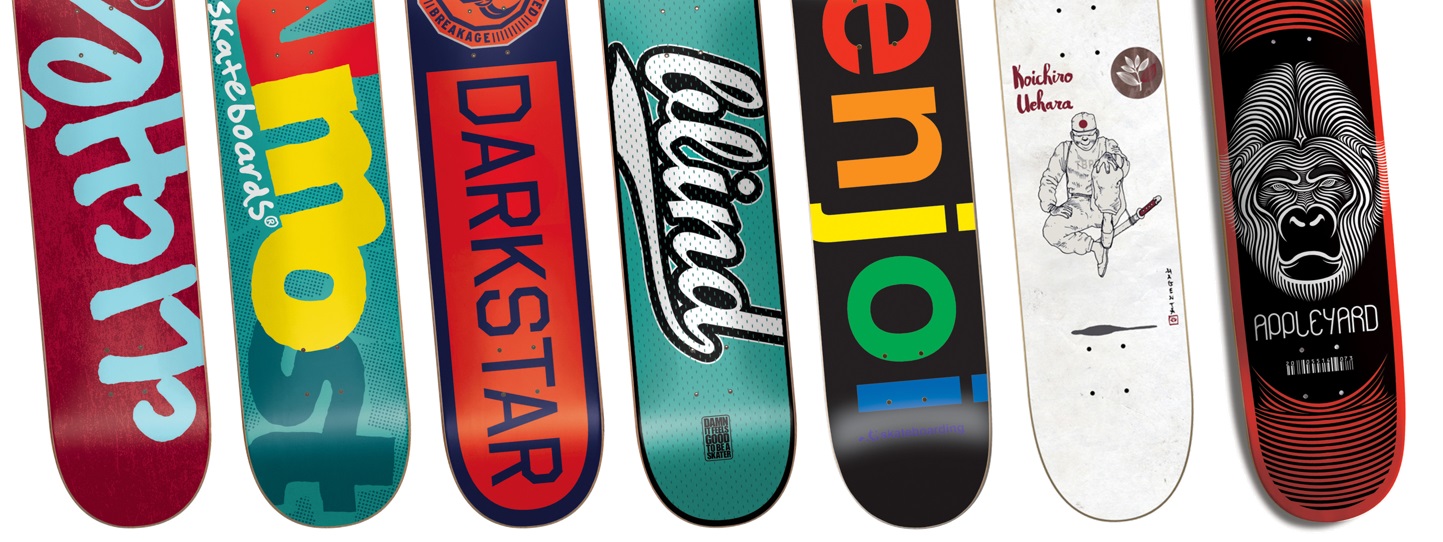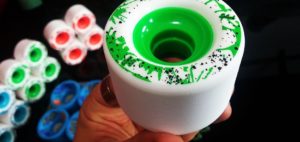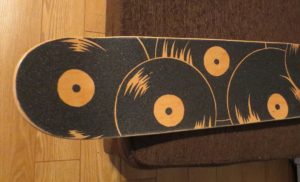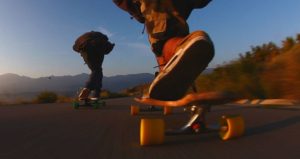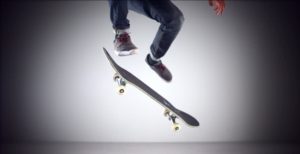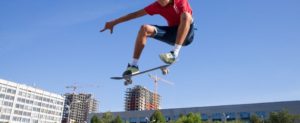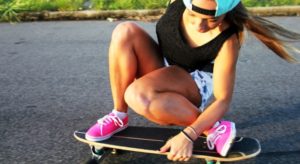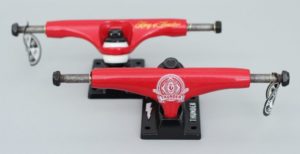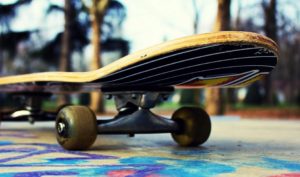New to skateboarding? Not sure what to expect when buying your first deck? Here is the most basic information on skateboard decks.
The deck is the main component of the skateboard; it is the platform that the rider stands on. One of the first steps in getting the best setup for you is to pick your deck. Board manufacturers offer a variety of options that are unique to their boards. Remember, there are no solid rules as you pick your board. Personal preference is the biggest determining factor for most setups. As you gain more experience, you’ll develop your own preferences for your setup. The following is a list of some of the basic terms you’ll hear, and things you need to consider, as you shop for your first deck.
- Length- The length of the board is measured from the tip of the nose to the tip of the tail. Average board length is 28″-32″.
- Width- The average width of a deck is 7.5″- 8.25″. Width is influenced by the size of the rider and the type of riding. Bigger riders and those doing vert typically prefer a wider deck.
- Wheelbase- The distance from one pair of inner mounting holes to the other inner pair. The average wheel base is 13″-15″, and again, the choice is influenced by the height of the rider.
- Nose- the nose is the front section of the deck, just above the mounting holes.
- Tail- the tail is the rear section of the deck, just behind the mounting holes. The tail is slightly shorter and thinner than the nose.
- Mounting Holes- Pre-drilled holes where the trucks are attached. Arranged as two sets of four holes; one set is near the nose, the other near the tail.
- Ply- When looking at the side of the deck, thin layers of multi-colored wood are visible. Layering the wood (usually maple) in a cross-grain pattern creates a stronger board than a single solid piece of wood. The typical board is seven-ply.
- Concave- The section of the board between the nose and tail curves up slightly on the sides. The concave gives the rider more control and to increase board strength.
Once you’ve selected your deck, you’ll also need grip tape, trucks, wheels, and bearings to complete your first basic setup. As you get more experience riding, and develop your own style you’ll become more familiar with your preferences and needs. Boards break and wear down; pro riders can go through a board every few days. Each board you buy will be better suited to your needs.

